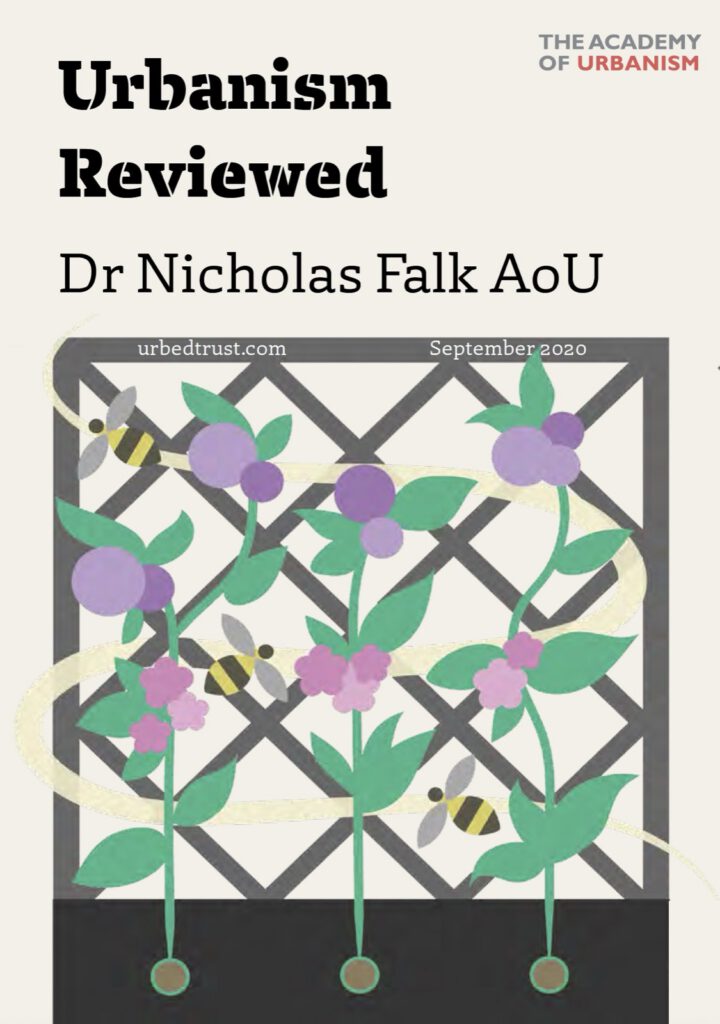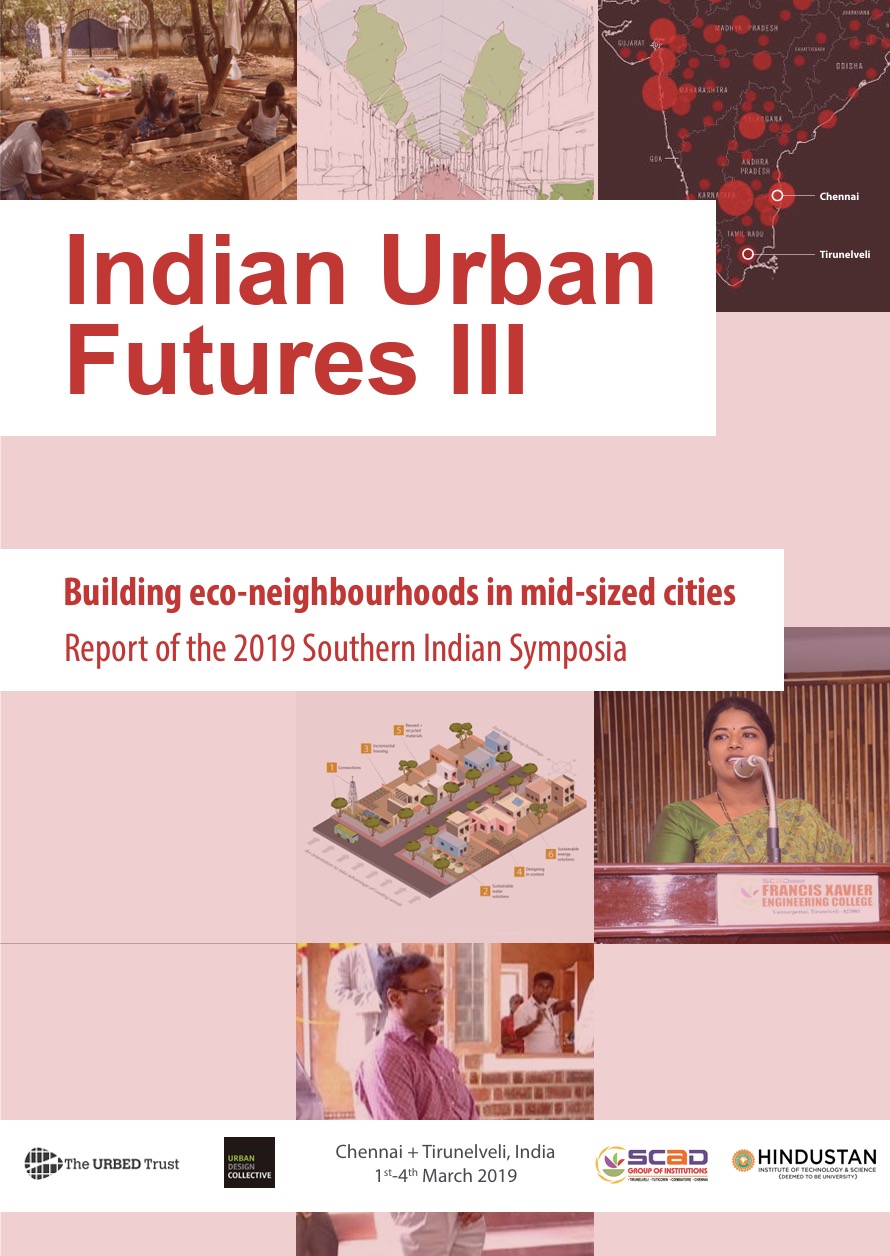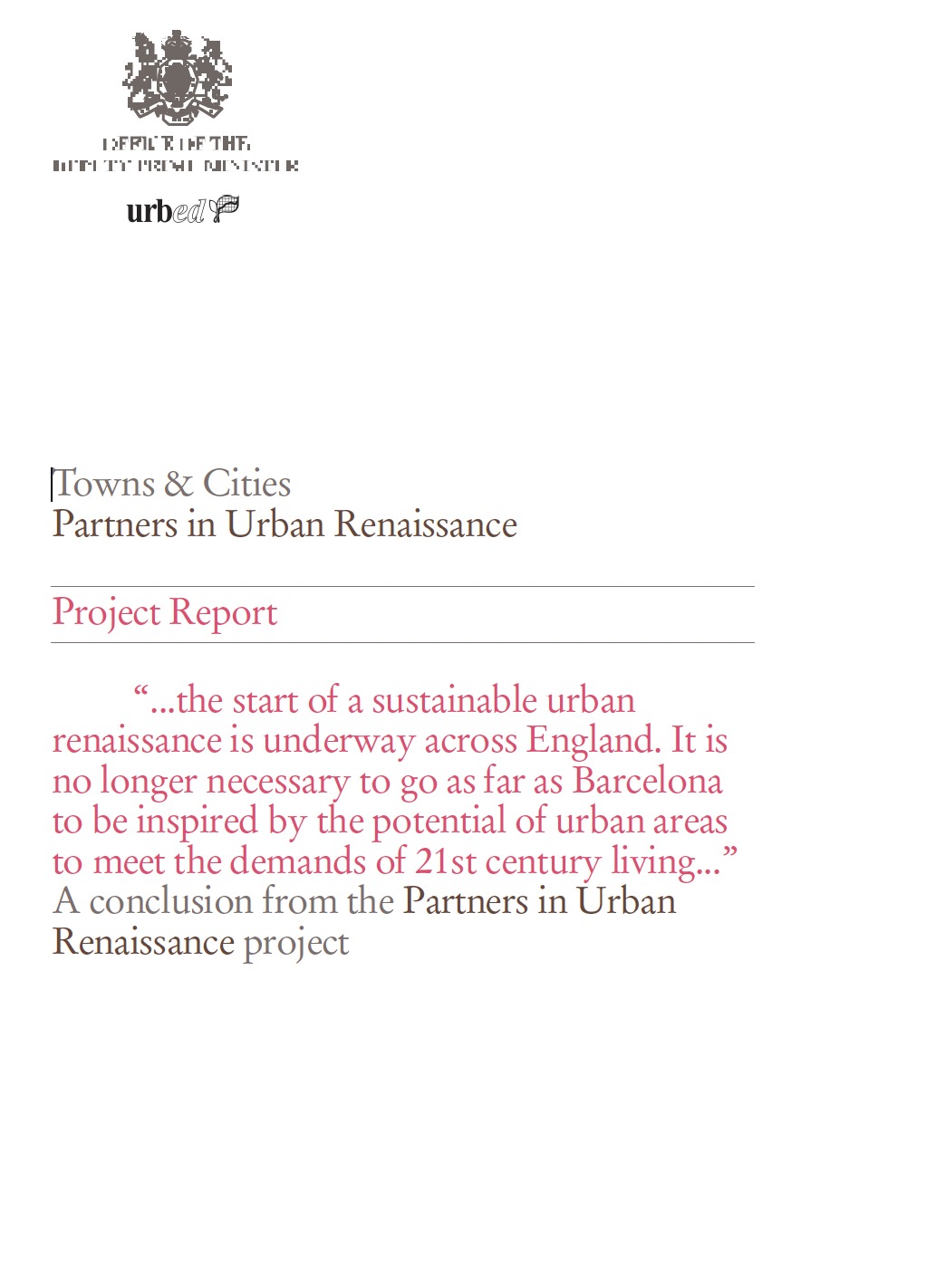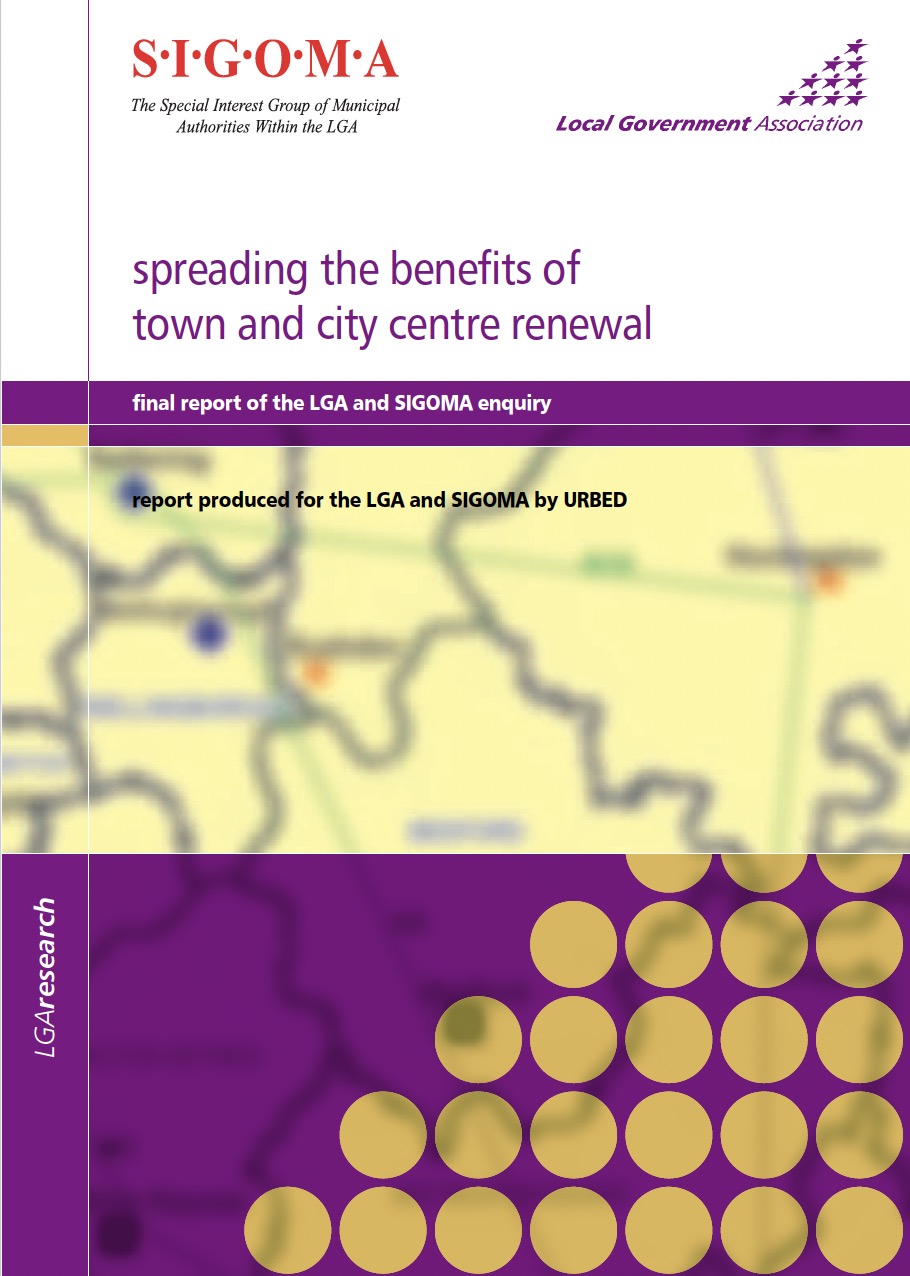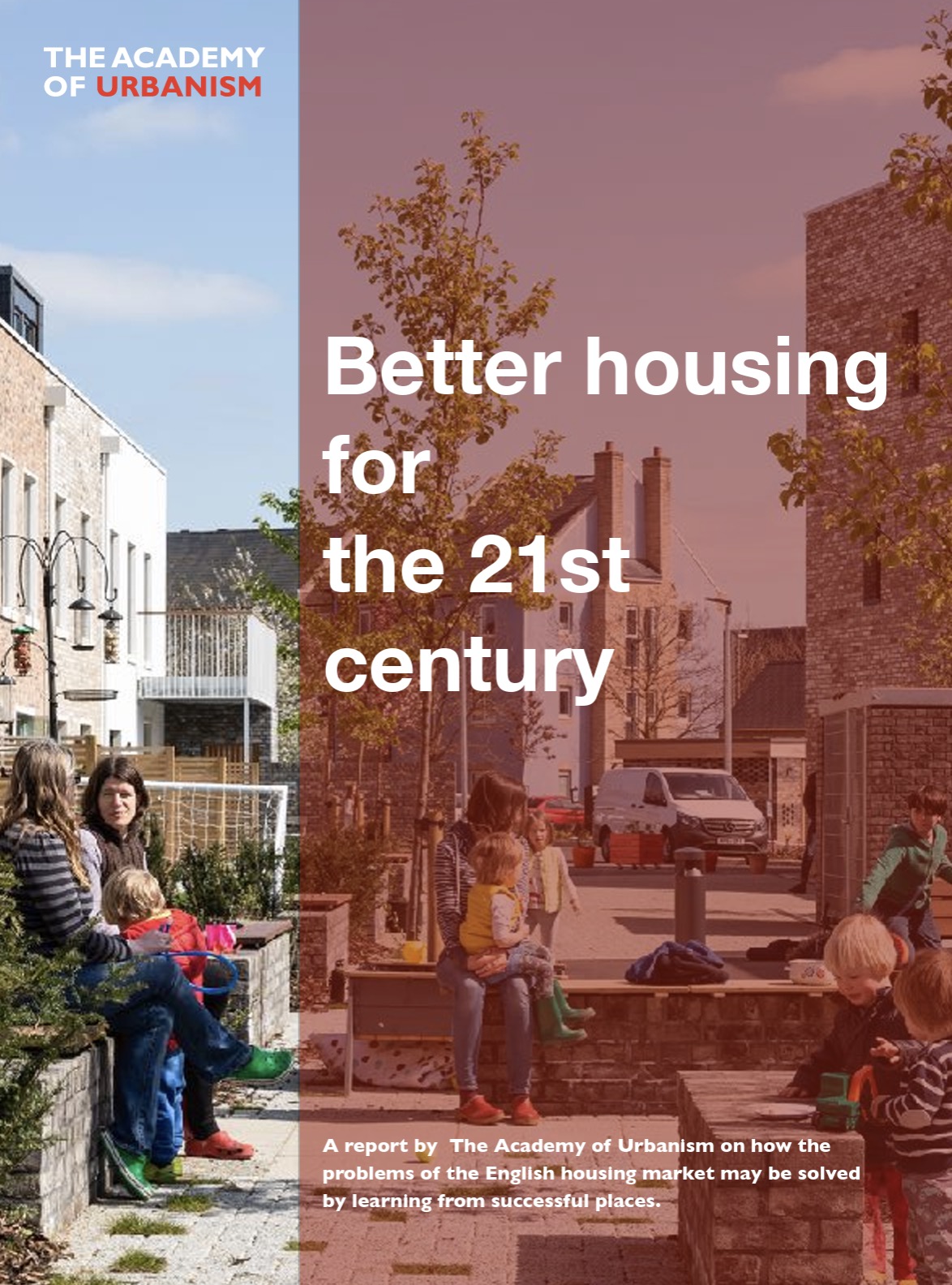Five years ago Nicholas Falk began what turned out to be a series of ten short articles in The Academy of Urbanism journal on the elements of what he calls ‘Smarter Urbanisation’:
“I wanted to go further and combine the ‘art’ of urbanism with what can be measured and compared so that lessons can be drawn and applied with confidence. What the pieces I wrote have in common is that they are based on books and reports that policy makers would find useful, but might not have had the time to read. The reviews may also help in considering places off the usual map, and in taking a more balanced or holistic view of what constitutes success. In this introduction, I have reflected on the main lessons from each of the ten essays that follow, without changing the original titles which thankfully follow a pattern”
Summary
The ten essays in the report explore essential themes in urbanism, emphasising that successful cities are built on good governance, strategic planning, and a deep understanding of place. They advocate for mixed-use development, walkability, and adaptable neighbourhoods that foster social cohesion. The essays highlight the importance of harnessing social, economic, and natural capital, promoting affordable and sustainable housing, and regenerating underused land to support local economies. Lessons are drawn from successful European cities, emphasising innovative planning, placemaking, and community involvement. The role of psychology, culture, and community vitality is also considered vital in shaping vibrant urban environments. Key principles include social justice, ecological balance, minimising waste, and integrating systems to create smart cities. Overall, the essays argue that balancing growth with resilience, equity, and environmental sustainability is crucial, with local leadership playing a pivotal role in transforming urban spaces into inclusive, thriving communities.

